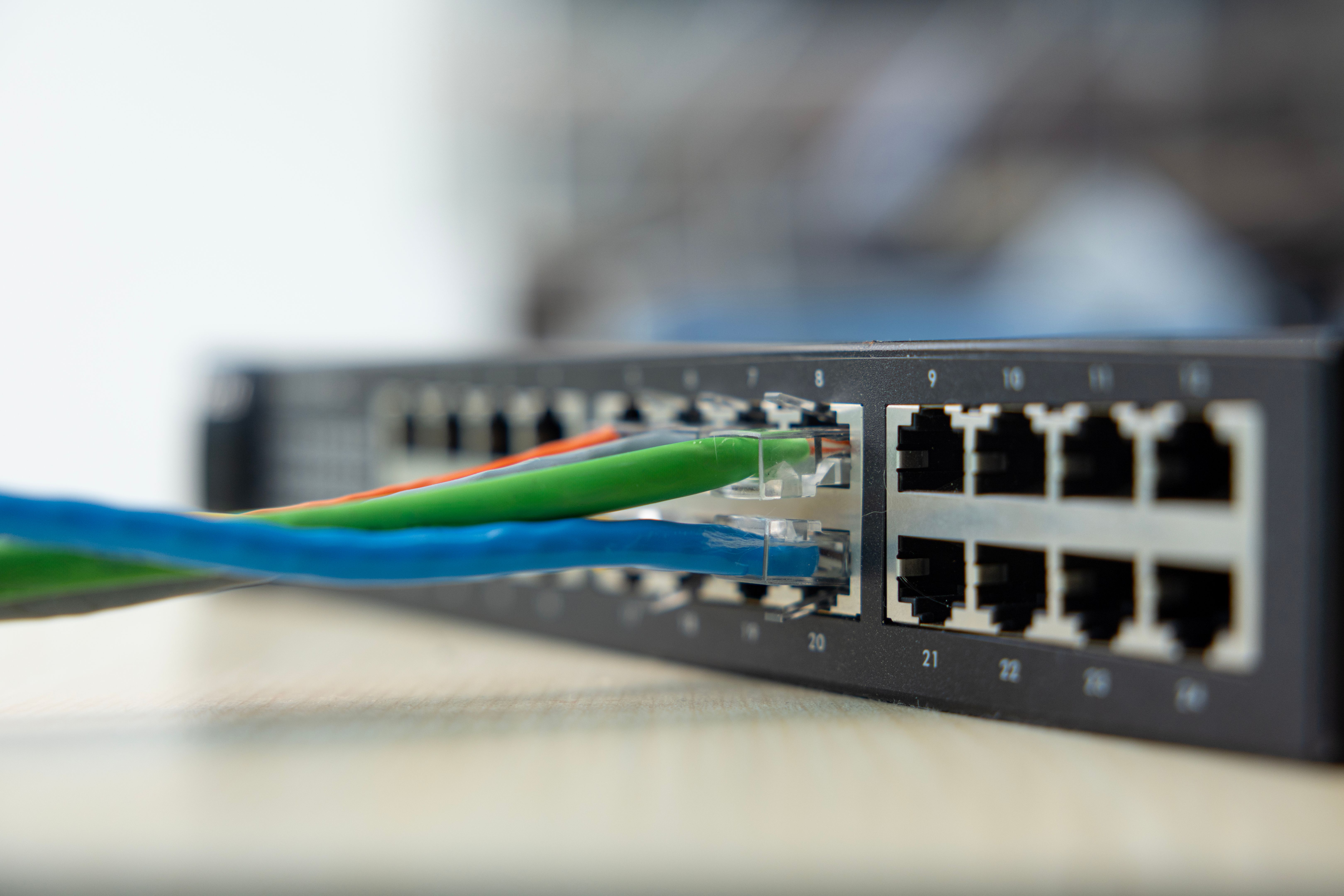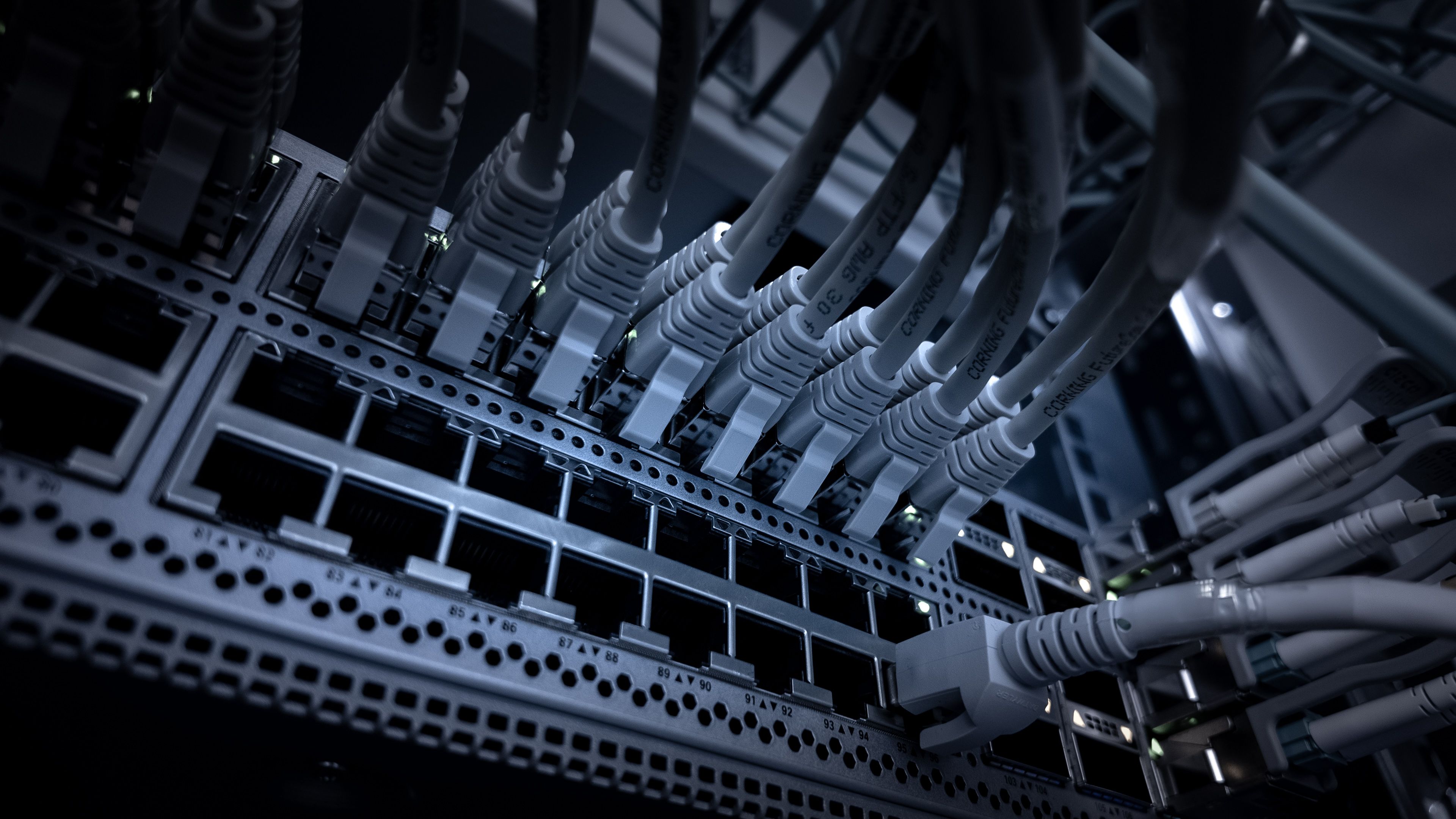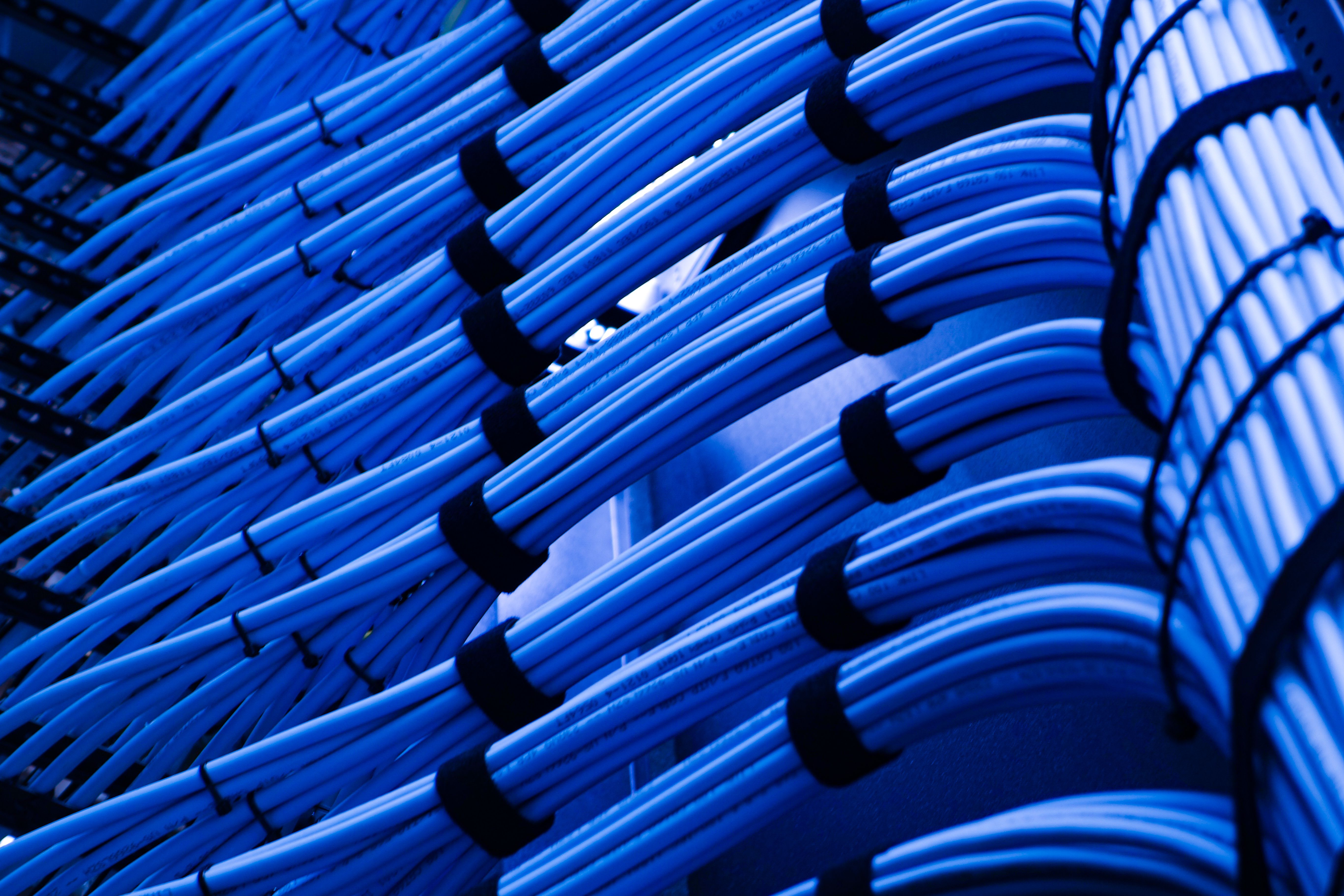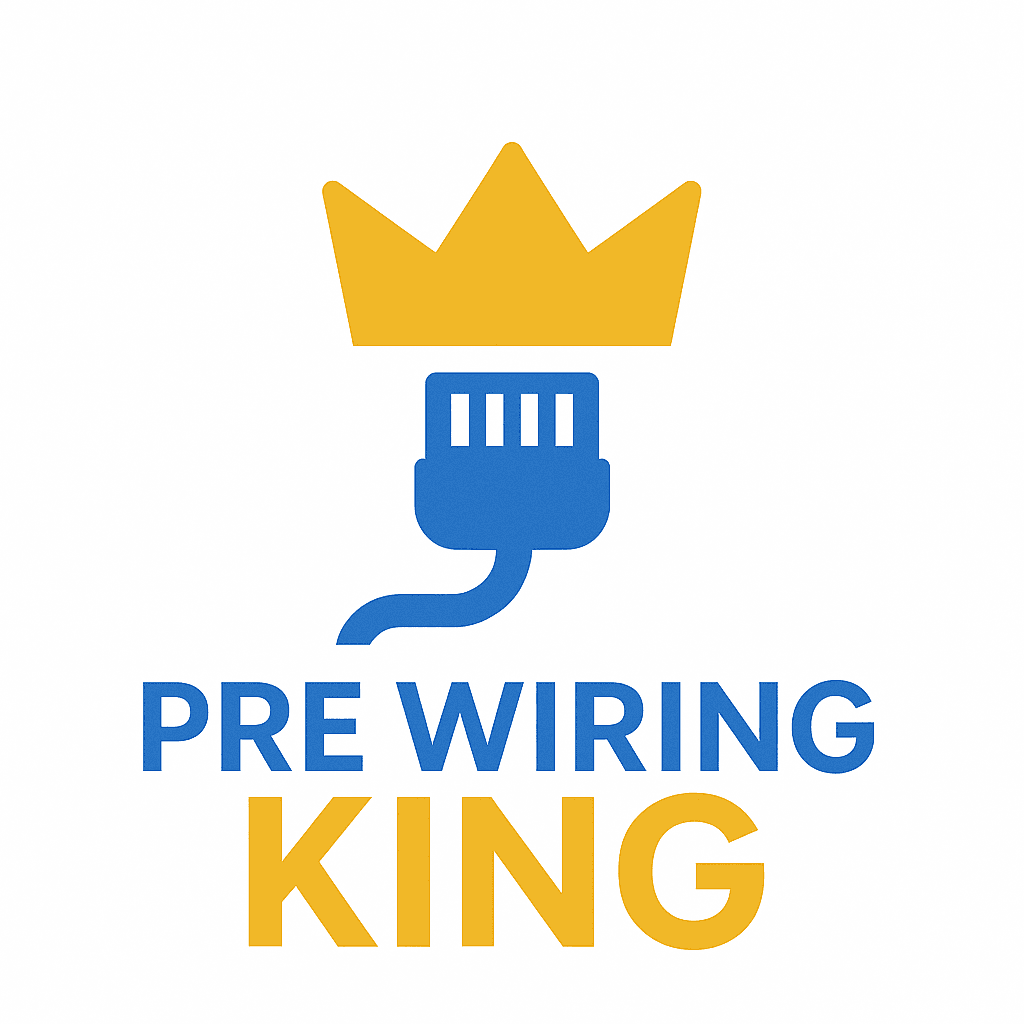The Ultimate Guide to Data Cabling Installation
Understanding the Basics of Data Cabling
Data cabling is a critical component of modern communication networks, enabling the transfer of data between computers, servers, and various devices. Whether you're setting up a new office or upgrading an existing system, understanding the basics of data cabling installation is essential. This guide will walk you through the key elements to consider for a successful installation.

Types of Data Cables
Before beginning any installation, it's important to identify the type of data cables that best suit your needs. The most common types include:
- Category 5e (Cat5e): Suitable for most office environments, supporting speeds up to 1 Gbps.
- Category 6 (Cat6): Ideal for faster networks, handling speeds up to 10 Gbps over shorter distances.
- Fiber Optic: Perfect for long-distance and high-speed data transmission, though more expensive and complex to install.
Planning Your Data Cabling Installation
A successful installation begins with careful planning. Consider the layout of your space and the number of devices that will be connected. Create a detailed map outlining where each cable run will be placed and ensure that it complies with local building codes and regulations.

It's also crucial to consider future needs. Installing cables that exceed current requirements can save time and money in the long run, as upgrading will be easier without needing to replace the entire system.
Installation Best Practices
When it comes to installation, adhering to best practices can ensure optimal performance and reliability. Here are some tips:
- Avoid Interference: Keep cables away from electrical lines and fluorescent lighting to prevent interference.
- Label Everything: Clearly label all cables and connections for easy maintenance and troubleshooting.
- Maintain Proper Lengths: Avoid excessive lengths and ensure cables are not stretched or bent sharply.

Testing and Troubleshooting
Once installation is complete, testing is crucial to verify that the system is functioning properly. Use network testing tools to check connectivity, signal strength, and potential faults in the cabling. Regular maintenance checks can also help in identifying issues before they lead to significant problems.
The Importance of Professional Installation
While DIY installations can be tempting, hiring professionals can often be more cost-effective in the long term. Experienced technicians bring knowledge and expertise that can prevent common pitfalls, ensuring the system is installed correctly and efficiently.
Ultimately, investing in a well-planned and executed data cabling installation is critical for any organization reliant on robust data communication networks. By understanding these fundamentals, you can ensure your network infrastructure supports your business needs both now and in the future.
